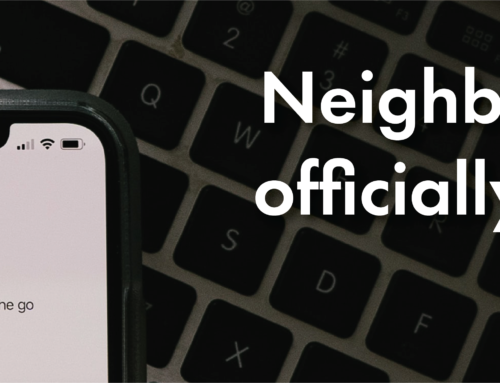Dear Angelenos,
With increased concern over coyotes in neighborhoods, it appears that the coyotes may have simply adapted to urban living and lost the fear of people. As we continue to study this challenge, we are recommending the use of humane “hazing techniques” designed to re-instill the fear of people for the coyotes.
I’d like to offer you a few tips and suggestions to keep your two and four-legged family members safe.
Four Quick Tips:
- Do not feed Wildlife, even indirectly.
• If you feed your companion animals outdoors, give them ten or fifteen minutes to eat and then remove the food bowls. Partially eaten food or even odiferous empty food bowls attract hungry wildlife.
• Keep trash cans tightly closed with tamper proof tops.
• Empty water containers such as outside water for companion animals or children’s pools. Keep the cover on the spa and keep the gate to the pool closed. - Supervise your pets and small children when outside.
- Remove unnecessary undergrowth that creates hiding places.
• Generally coyotes are reclusive and like to hide in brush or thickets. Thinning or clearing the undergrowth removes hiding places. - Safely haze without harming them, instilling their natural fear of Humans.
• Coyotes who have adapted to urban living may realize there are few real threats and may approach people or visit yards when people are present. Safe and humane hazing can re-instill the fear of people.
• NOTE: It is critical to use a variety of different hazing tools so the coyotes don’t get used to a single device, sound, or action.
Methods of Hazing
Using a variety of different hazing tools is critical so that coyotes don’t get used to redundant or single stimulus devices, sounds, and actions. Here are a few methods of hazing that I found on the Humane Society of the United States (HSUS) website.
- Yelling and waving your arms while approaching the coyote
- Noisemakers: Voice, whistles, air horns, bells, “shaker” cans full of marbles or pennies, pots, lid or pie pans banged together
- Projectiles: sticks, small rocks, cans, tennis balls or rubber balls
- Other: hoses, water guns with vinegar water, spray bottles with vinegar water, pepper spray or bear repellent
“Go Away Coyote!”
The simplest method of hazing a coyote involves being loud and large. Stand tall, wave your arms, and yell at the coyote, approaching him if necessary, until he runs away. If a coyote has not been hazed before, he may not immediately run away when you yell at him. If this happens, walk towards the coyote and increase the intensity of your hazing.
The coyote may run away, but then stop after a distance and look at you. It is important to continue to go after the coyote until he completely leaves the area. You may need to use different tactics, such as noisemakers, stomping your feet, or spraying the coyote with a hose to get him to leave.
Dog-Walking Tools
There are several tools that you can carry with you while walking your dog that can be used to repel coyotes. These include:
- Homemade noisemakers
- Whistle or small air horn (you can purchase small air horn “necklaces”)
- Squirt guns
- Pepper spray
- Sticks or other objects to throw towards (but not at) the coyote
In Your Yard
Remember, keeping pets and pet food inside is the best way to keep coyotes out of your yard. If you do encounter coyotes, all of the above methods can be used in your yard at home. First, try the “Go away coyote!” method (yell and wave your arms as you approach the coyote). Here are some additional methods you can also use:
- Squirt the coyote with your garden hose
- Spray the coyote with vinegar water
- Bang pots and pans together
Important things to remember
NEVER run away from a coyote! The coyote may not leave at first, but if you approach him closer and/or increase the intensity of your hazing, he will run away. If the coyote runs away a short distance and then stops and looks at you, continue hazing until he leaves the area entirely.
After you have successfully hazed a coyote, he or she may return. Continue to haze the coyote as you did before; it usually takes only one or two times to haze a coyote away for good.
If you continue to experience unusual Wildlife behaviors, please contact the California Department of Fish and Wildlife (http://www.dfg.ca.gov). For more information regarding how to co-exist with our local Wildlife, search on or call our LA Animal Services NON EMERGENCY Wildlife phone line 323-225-WILD (9453). For any urgent animal related EMERGENCY calls (injured, orphaned (alone >24 hours), distressed, or sick animals) call your local shelter at 888-452-7381 and follow the prompts. For any Human life threatening situations call 9-1-1.
Enjoy the rest of your summer,
Brenda F. Barnette
General Manager
Los Angeles Animal Services






